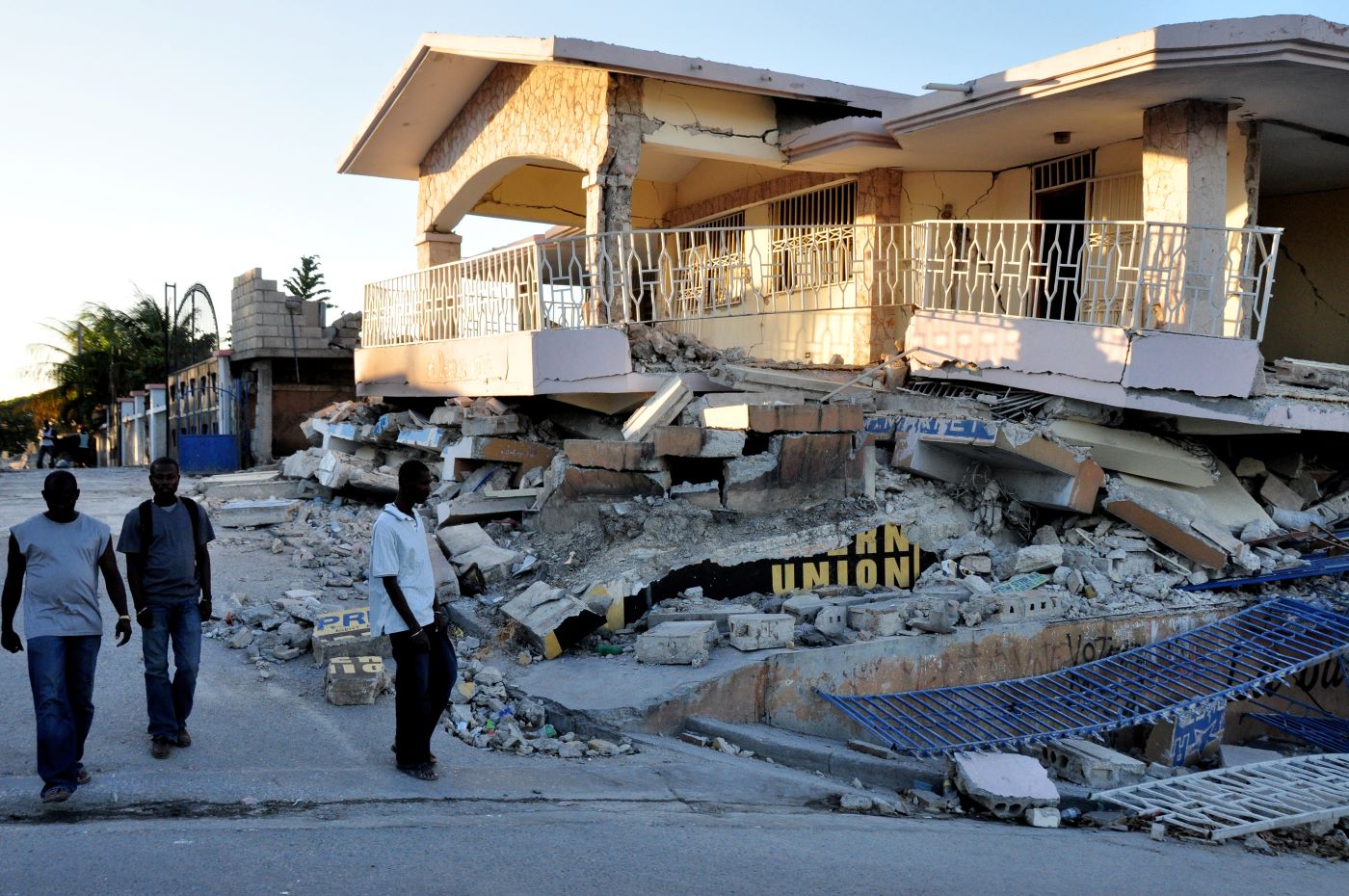Recommended
Koldo Echebarria’s fascinating paper explores the long and tragic story of Haiti’s struggle to achieve both political stability and economic prosperity. Despite mostly good intentions—at least in recent decades—and periodic surges in aid, one would have to conclude that the international community has largely failed to make that struggle either easier or more productive.
It did not have to be this way. True, as the paper points out, in 1825, the French imposed an indemnity on the country equal to 280 percent of GDP as the price of diplomatic recognition and forestalling blockade and bombardment. This drove large debt accumulation and debt repayments that consumed most of the government’s revenues until 1947. The country is certainly highly vulnerable to natural disasters, both hurricanes and earthquakes. But Haiti is also relatively free of the ethnic, racial, and religious divisions that plague other failed states, and it is in a relatively good neighborhood. It sits very close to the richest and largest market on the planet.
The paper makes clear that both internal and external forces contributed to the failure of Haiti’s state. The country’s urban elite, generally focused on extracting rents, never achieved an internal bargain that established enough stability to underpin economic development or a set of agreed rules for resolving disputes. The 1987 constitution aimed at such a balance but tipped too far toward weakening the central government to avoid another autocratic regime following the Duvaliers.
The markers of state weakness are everywhere. Haiti’s tax revenues stood at 5.4 percent of GDP in 2022, half the average for other low-income countries (LICs). Public resources for investment amount to less than 1 percent of GDP. Foreign direct investment averages less than 20 percent of GDP, low even for LICs. Remittances are large but fund household consumption. The country has one of the lowest police-to-civilian ratios in the world. There is no functioning social protection system. In the absence of state services or state-led preservation of order, gangs have moved in.
The international community had a basic choice in responding to this vacuum, especially after the catastrophic 2010 earthquake: they could focus on the long-term challenge of strengthening the state, with highly uncertain short-term results in terms of service delivery and significant risks of misappropriation of resources; or they could set up a parallel state with services delivered through donors/multilateral development banks (MDBs), nongovernmental organizations (NGOs), and private contractors.
For the most part, they chose the latter. Nearly 45 percent of social services in Haiti are delivered by NGOs and private contractors, 85 percent of education, and 70 percent of healthcare. Though not on the scale of aid to Afghanistan, the international community did deliver a surge in aid after the earthquake. The Inter-American Development Bank (IDB) and the World Bank committed substantial resources to Haitian development from 2010 to 2021: $1.8 billion for the IDB and $1.1 billion for the World Bank. But the resources went to fund their projects. Very little went through the Haitian budget.
The result was deep resentment between the government and the international community and systemic collapse each time key external service providers and resources retreated. The 2017 withdrawal of the United Nations MINUSTAH peacekeeping mission when there was little domestic policing capacity to take over and the end of social safety nets when Petrocaribe resources ran out in 2018 are examples. The international community saw elections as the solution to state weakness. They looked to elected leaders for change while undermining the state role in service delivery.
Conceding that the goal of creating a parallel functional state was unsustainable, one might still ask why it failed. Certainly the scale of external resources was insufficient. But Echebarria points to a more fundamental problem. The international community did not coalesce around a common strategy with common impact targets. MDBs and donors had many projects, but a large quantity of relatively small projects does not ensure meaningful systemic or even sectoral impact. There were no “common, measurable goals.” Citing the analysis of Daniel Dorsainvil, former finance minister of Haiti, Echebarria writes, “Without specified quantified impact objectives broken down by sector, it was impossible to gauge the required resources and allocate them according to priorities.” Echebarria further notes, “The traditional development project-by-project approach dispersed effort, increased cost, and reduced impact.” The projects were too small in sectors like agriculture and housing to achieve significant results and economies of scale. And a project focus encourages a focus on financial disbursements as a measure of success, rather than on outputs and outcomes.
I encourage you to examine the paper’s clear and well-evidenced set of policy recommendations for a path forward in Haiti that involves narrowed and sequential programmatic interventions (covering politics, economics, and security), supported by local ownership and coordination. But this fundamental finding of the paper regarding common, measurable goals is worth reemphasizing. It resonates strongly with other recent analysis, including CGD’s paper on the “ideal climate and development bank” and the report of the Independent Experts Group on MDB reform commissioned by the G20. Haiti’s experience offers stark evidence that there is no workable, sustainable alternative to a realistic, limited set of priorities—shared by the government and its development partners—which define success in terms of outputs and outcomes, not finance inputs.
Disclaimer
CGD blog posts reflect the views of the authors, drawing on prior research and experience in their areas of expertise. CGD is a nonpartisan, independent organization and does not take institutional positions.
Image credit for social media/web: airmaria / Adobe Stock







